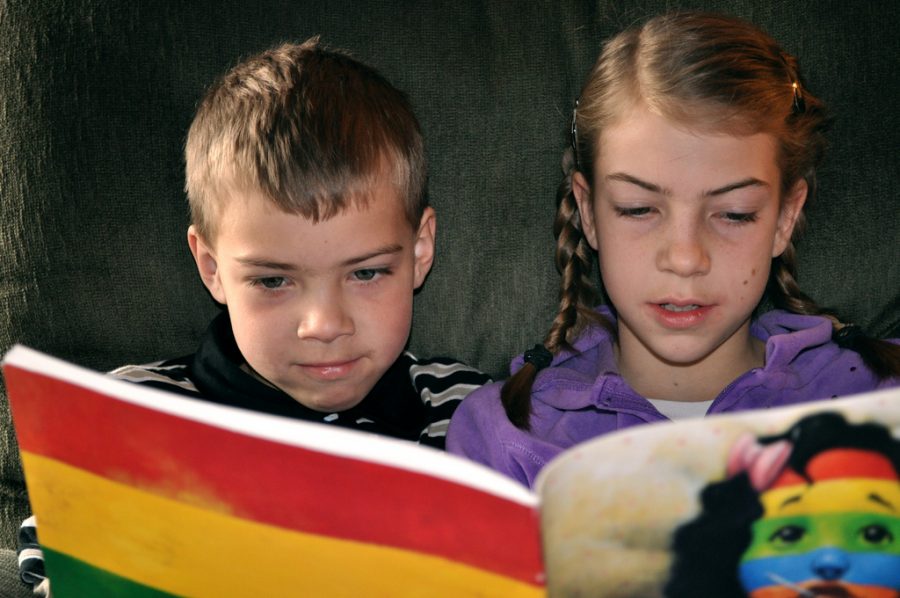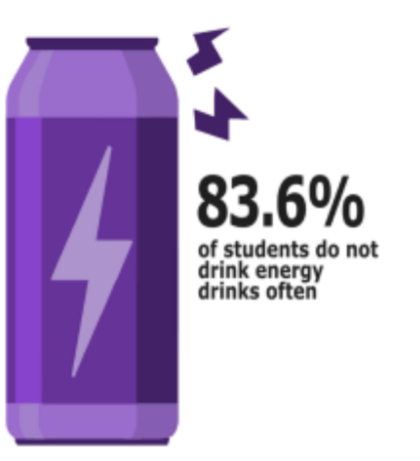Gender associations with reading impact ‘shelf’ esteem in children
Creative Commons Photo Courtesy of Carissa Rogers
Society considers reading a feminine activity. Therefore, older boys are less likely to value reading than girls. https://creativecommons.org/licenses/by/2.0/
March 15, 2019
We are too young to remember the days our parents spent reading to us as children, when we got lost in the maze of the Barnes & Noble kids section. But, we were not too young to internalize the gender associations with reading that extend beyond our bedrooms and bookstores.
Gender associations with reading impact us well into our teenage and adult lives. These associations exacerbate the gender gap between boys and girls in reading comprehension. When one hears the words “gender gap,” the adjective “economic” often precedes it, but the gender gap in reading comprehension is just as real.
In every state and every grade in the U.S., girls surpass boys in reading comprehension, according to the 501(c)(3) not-for-profit organization Great Schools. There are biological factors present which contribute to this gap: according to Psychology Today, girls show greater readiness for reading and have advantages in phonological awareness and letter recognition.
Still, society plays a crucial role in the relationship between gender and reading, and the current role it plays does little to fill the gap.
According to Psychology Today, society associates reading as a feminine activity, especially due to the fact that many early elementary teachers are female. Fathers are also less likely to read themselves, and thus read to their sons. Therefore, older boys are less likely to value reading, whereas girls talk about reading casually.
All of this not only results in reading being considered “girly,” but a lack of male reading role models for boys. If boys had a positive view of reading, struggling with phonological awareness and letter recognition would be less of a deterrent from books.
This is only one aspect of a larger problem that is the gender gap in reading comprehension. Still, more attention to gender associations with reading is a critical step in fixing the problem. So let’s encourage fathers to read to their sons. Let’s support male reading role models. And most importantly, let’s read.















